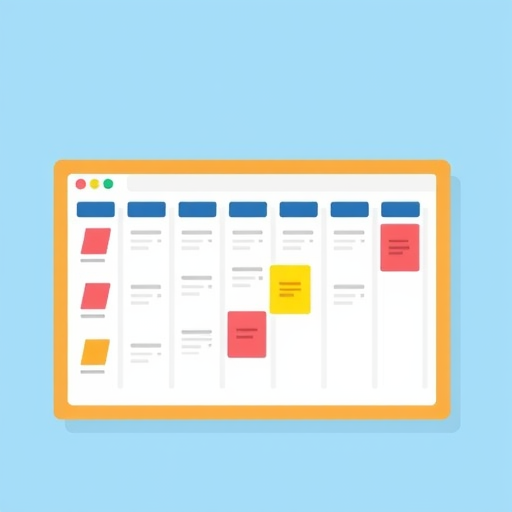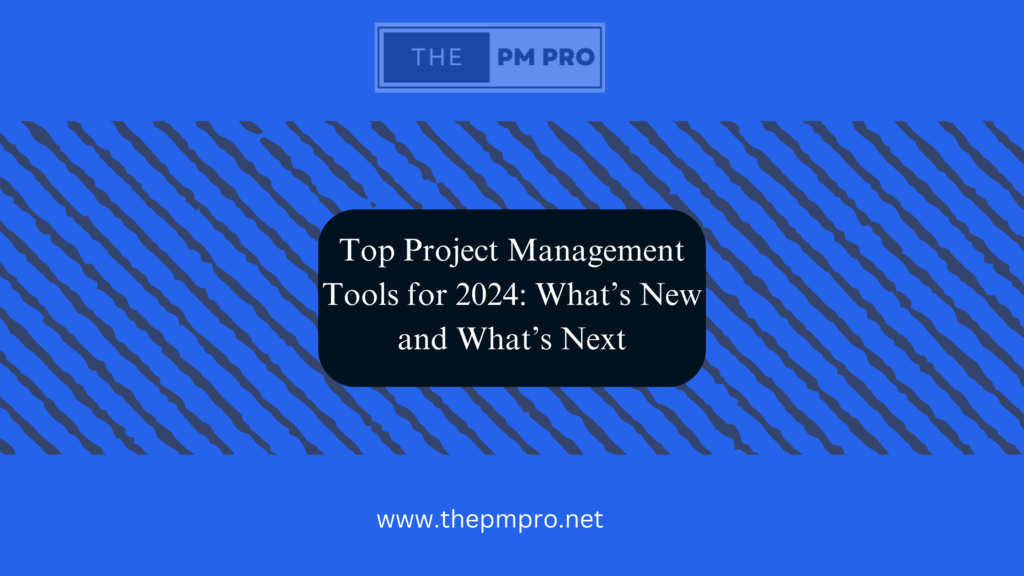Introduction
Clarity and efficiency are crucial in project management. Whether you’re managing a team or a department initiative, the methodologies and tools you choose can greatly affect the success of your project. Kanban board stands out among these tools, as it is a flexible and visually intuitive method of managing productivity and workflow.

The term Kanban originated from the Japanese and means signboard. The tool was created to avoid waste and overproduction. Kanban boards have found their purpose in content creation and software development and are valuable to project management. By tracking task progress and visualizing its progress across the board, teams can get insights into project components and optimize their strategies accordingly. Many tools offer Kanban board features due to its increased efficiency and popularity. These tools enhance the approach to Kanban with customizable workflows, collaborative features, and automation. This makes Kanabn a good choice for project teams to increase their efficiency.
What is a Kanban Board
The Kanban is a tool which helps project teams visualize tasks and projects, limit the work in progress, and increase efficiency. The simplicity of the Kanban board lies in its impact on project management.
Components of Kanban
Cards
Every card shows a project or a task element. The cards move which reflects the project from the start of the task to its finish.
Columns
The columns are labeled to show workflow stages. The labels include “In Progress”, and “To-Do”. And “Done”. They can be custom-labeled to fit any team structure or project.
Progress Indicators
Cards contain details including assignees and priority levels and include information that increases accountability and transparency.
Benefits of Using Kanban Boards in Project Management
Workflow Management
Kanban boards are visual that enable the team members to check the work status. This ensures an understanding of task workflows and their distribution.
Flexibility
Unlike other rigid methods in project management, Kanabn is easily adjustable according to project needs. Teams can shift priorities and adapt to project changes without changes to the project flow.
Increased Productivity
By highlighting the bottlenecks and limiting the work in progress, Knaban boards enable teams to focus on project completion. This can reduce the project cycle times.
The Kanban cater to the dynamic needs of the project and ensure that team members remain on the same page. Going forward, the integration of these boards in sophisticated tools can increase effectiveness, and make project management transparent and manageable.
Integration of Kanban Boards into Project Management
The successful integration of the Kanban board into the approach of project management revolutionizes the way the project teams tackle their tasks. Below is a step-by-step guide to utilize and set up a Kanban board.
Setting Up your Kanban Board
Identify Stages of Workflow
Map out the main stages of the project workflow that includes “In Progress”, “To Do”, and “Done”. Tailor them to your project needs.
Create Kanban Board
You can do this with sticky notes and use a tool for it. The tool offers digital boards and custom templates that are accessible to team members remotely.
Add Tasks
Write the tasks on the card and place them in a relevant column according to the status. Make sure that each card has all the details such as the responsible member and deadline.
Best Practices for Kanban
To increase the effectiveness, clarity, and efficiency of the Kanban board, it’s crucial to follow best practices. These best practices will maintain a good Kanban board, foster productivity, and avoid pitfalls.
Tips to Maintain Kanban Board
Updates
Keep the board updated by moving cards and adding new tasks. This will make sure that the boards show the status of the project.
WIP
Limit the task number in the workflow. This improves throughput and ensures the team members complete the tasks at hand before adding new tasks.
Indicators
Use colors or labels for task types and team assignments which help in prioritization.
Common Pitfalls in Kanban
Don’t make the Kanban board complex with excessive categories and columns. Make it simple to make sure it’s easy to use and understand.
Ensure all project team members maintain the board. Don’t neglect the updates as it might lead to outdated information and confusion which can put the project off track.
Failure to enforce the work-in-progress limits can cause reduced productivity and task accumulation. Regularly adjust and review the limits to keep workflows efficient and smooth.
Conclusion: Enhancing Project Management with Kanban
Kanabn boards are a stellar tool in project management techniques. They provide exclusive control and visibility in different stages of the project. By adopting Kanban, project teams get the ability to track project progress, swiftly address bottlenecks, and improve productivity. The capabilities of the Kanabn expand further with powerful software, enabling automation, customization, and increased collaboration. As we discovered in the post, the integration of the Kanband with project management software can transform your project management. Whether it’s detailed project progress tracking, streamlined workflows, or better communications among the team members, the benefits are significant and tangible.
Kanban Boards: How to Use Them for Maximum Project Efficiency- FAQs
In which context is a Kanban board a useful tool?
The Kanban tool helps limit WIP, visualize work, and increase efficiency. It helps DevOps and agile teams create order in their work.
What is Kanban best suited for?
Kanban is best for services and support where the limits for WIP are created by the scrum team for new work and the sprint.
What projects is Kanban good for?
Kanban is good for prioritizing tasks. It can be used across many contexts including operations, manufacturing, and product development.
Where can Kanban be applied?
Kanaban is applied in situations where work is unpredictable and when you deploy work when it is ready rather than waiting for other items.
Do follow our Tools and Techniques Section for more relevant articles
Do watch the Article Video Here
Do subscribe Our YouTube Channel for more relevant videos

